IV NAD+ Supplementation
IV NAD+ Therapy
Unlock your Potential
What is NAD?
NAD+ is an electron transporter and antioxidant for our bodies. NAD+ is an oxidizing agent – it accepts electrons from other molecules and becomes reduced. It is used in multiple cellular processes, notably by the mitochondria in energy production (helps to form adenosine triphosphate or ATP), is integral in ethanol (alcohol) metabolism (converts ethanol into acetaldehyde, and then consequently to acetate in the mitochondria). It was first discovered in 1906 by Arthur Harden and William John Young.
How is it created?
NAD+ is synthesized from amino acid building blocks (tryptophan or aspartic acid) or from more complex components from nutrient compounds such as Vitamin B3 (Niacin). The components which create NAD+ are also released when it is metabolized into the body. Most synthesis in mammals occurs in the liver from tryptophan, or in the kidney from nicotinic acid.
What does it do (importance/benefits)?
It is used in multiple cellular processes, notably by the mitochondria in energy production (helps to form adenosine triphosphate or ATP), is integral in ethanol (alcohol) metabolism (converts ethanol into acetaldehyde, and then consequently to acetate in the mitochondria).
Are there drawbacks (or can we have too much)?
There are no serious drawbacks from having too much NAD+ through regular dietary intake or oral supplementation. For IV or IM supplementation, the doses are much, much higher than can be obtained through the diet. Even at these higher doses with 100% absorption and bioavailability, the doses needed to obtain toxic effects are 500-1000x the highest doses used for IV supplementation (the common doses for IV supplementation are in the range of 50mg to 750mg, while the toxic doses are in the range of 300,000mg).
When we infused NAD+ intravenously, rare effects related to the speed of administration include nausea, headache, or shortness of breath. These are treated by slowing the infusion, which virtually always resolve them. These adverse effects are not seen with oral or dietary supplementation.
How do we activate it, or get more of it?
The body naturally activates NAD+ by taking advantage of it in the citric acid cycle and electron transport chain. There is not much else we need to do in order for it to properly do its job helping us create energy!
What should we eat/consume to reap more benefits?
There are several foods which can be higher in nicotinamide riboside, which helps our body synthesize NAD+. Some of these include dairy milk, fish (tuna, salmon), mushrooms, yeast, whole grains, and green vegetables. In short, a well-balanced diet should naturally have dietary supplementation of NAD+ factors without too much extra thought!
Supplementing with NAD+ in the oral form or IV form can be beneficial. Studies show that oral dosage of NADH with as low as 20mg can have anti-fatigue properties. Nicotinamide riboside can also be obtained through oral, intravenous (IV), or intramuscular (IM) supplementation with Vitamin B3 (Niacin).
Who needs this most? Men or Women of any of specific ages?
We have the highest levels of NAD+ as infants and children. These levels naturally decrease as we age into adulthood. This is part of the reason that children have so much energy, as they have a higher metabolism and higher energy production at the cellular level from NAD+, leading to increased ATP and increased energy. This helps younger people with physical activity and cognitive function.
Why is NAD vital to maintain cellular health?
All portions of human physiology break down at the cellular level to creating energy. We eat foods for their ability to provide us carbohydrates, proteins, and fats. These basic foods are used by our body to be broken down by several mechanisms into glucose. The glucose is used by the citric acid cycle (or Krebs cycle) to produce NADH [which is the reduced version of NAD+, meaning it has accepted a proton Hydrogen (H)]. This NADH, along with products of the citric acid cycle, are used by the mitochondria in the electron transport chain in the process of oxidative phosphorylation. This process is the creation of ATP, which is the fundamental unit of energy in the body. Oxygen is another critical component of this process. This is why it is so vitally important for the lungs to function to bring oxygen into the blood, and for the heart to function to pump this oxygen to various tissues. ATP is used by skeletal muscles to contract. It is used by cardiac muscle to contract. Without it, our body would be unable to properly function.
What else can we do to keep our cells healthy?
Several of the most important things we can do to keep our cells healthy are simply involved in maintaining a healthy and balanced lifestyle. Our cells need nutrients to properly function. They need oxygen to properly function. By maintaining a balanced diet of carbohydrates, proteins, and fats, rich in fruits and vegetables, and combining that with a regular exercise routine, is vital in maintaining health over time, especially as we age. Exercise increases our production of ATP to help our body maintain muscle function. Although there are not robust studies in humans which show benefit with vitamin supplementation, these can help maintain proper levels of vitamins and minerals in our bodies to allow us to optimally function. Avoiding excess, either of caloric intake or alcohol or drugs, is also beneficial.
Intermittent fasting is also a possible method of increasing NAD+ levels (1). This helps trigger our body to express several proteins which modulate different aspects of metabolism, including the NAD+/NADH ratio.
Citations
1: Hayashida S, Arimoto A, Kuramoto Y, Kozako T, Honda S, Shimeno H, Soeda S. Fasting promotes the expression of SIRT1, an NAD+ -dependent protein deacetylase, via activation of PPARalpha in mice. Mol Cell Biochem. 2010 Jun;339(1-2):285-92. doi: 10.1007/s11010-010-0391-z. Epub 2010 Feb 11. PMID: 20148352.

